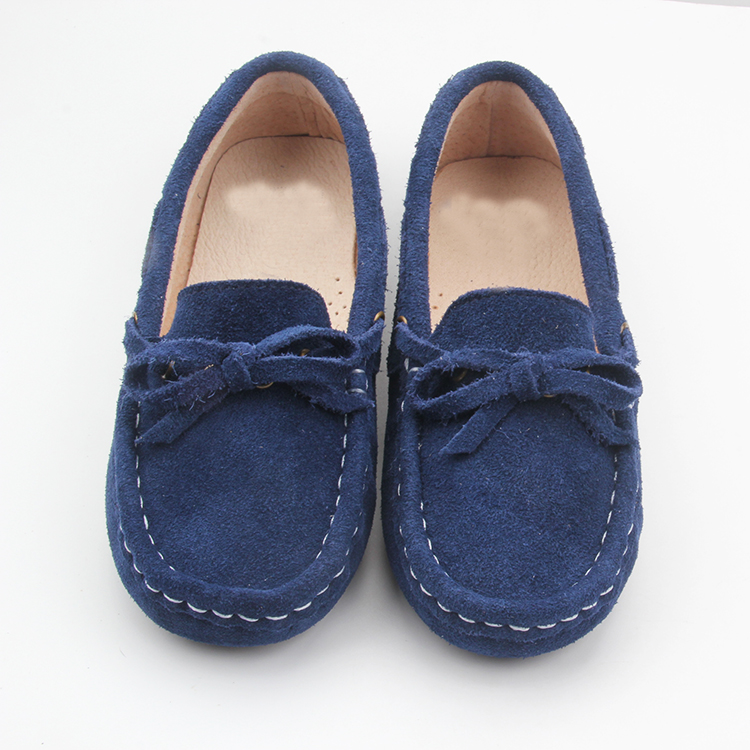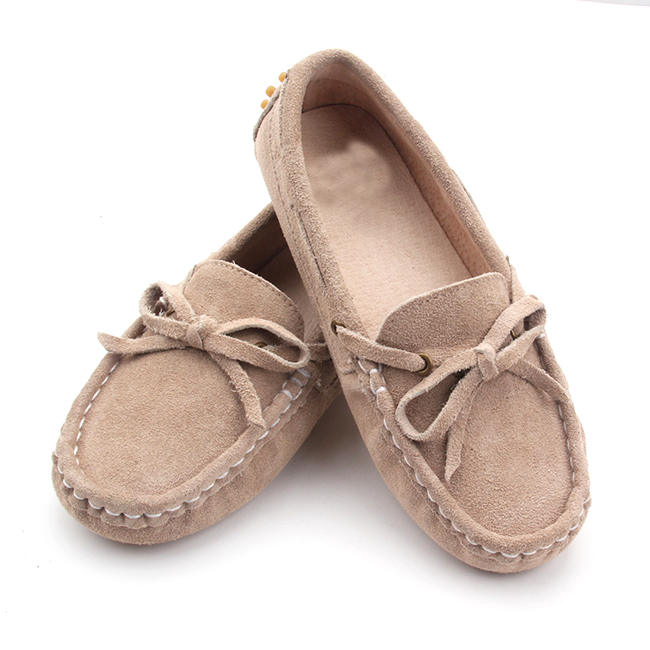Non-woven fabrics have been widely used in non-durable garments, such as spunlace medical protective clothing, PP disposable spunbond protective clothing and SMS medical protective clothing. At present, the development of new products in this field includes two aspects: one is the new development of existing materials in the field of clothing application; the other is the development of new non-woven fabrics.
Non-durable non-woven fabric
SMS non-woven fabric is a composite product of spunbonding and melt-blown. It has the advantages of high strength, good filtration performance, no binder and no toxicity. It has played an important role in medical and industrial filter materials. The latest application is It uses SMS to breathe, does not produce fiber dust, and prevents the human body from exchanging particles with the outside world. It is used in production environments where pharmaceuticals, bioengineering, optoelectronic processing, electrical components and chips are required to be highly clean. The spunbonded non-woven fabric is composed of high-strength continuous filaments, which occupies a large proportion in the disposable protective clothing market. The latest development is to add special additives or post-finish in the production process of spunbonded non-woven fabrics. The product has the functions of flame retardant, antistatic, anti-radiation, hydrophobic moisture, antibacterial and warmth.
In the development of new fibers, water-soluble non-woven fabrics are an environmentally friendly product, and their application range is gradually expanding. The use of polyvinyl alcohol water-soluble fibers to produce spunlace nonwoven fabrics is a good material for making radiation-proof and pollution-proof garments. In order to increase the protective effect, it can also be combined with the water-soluble film to increase the barrier properties of the protective clothing. In addition, in the use of new fibers, superabsorbent fiber (SAF) technology has been developed in the production of non-woven fabrics. The SAF-containing nonwoven fabric has a particularly good soft hand and water absorption property, and can quickly absorb the sweat of the human body when worn by the underwear, and increases the micro-environment comfort between the garment and the human body.
In the development of new composite non-woven materials, the United States has developed a new type of cotton fiber composite non-woven fabric, the surface layer is a thermal bonding non-woven fabric of cotton and polypropylene fiber, and the two-layer or three-layer composite material is combined with the spunbonded fabric. The product feels similar to that of pure cotton knitwear. It has good strength and elongation, water absorption and water retention, fast wicking speed and low pilling performance. After finishing, the elastic recovery is 50% elongation. The rate can reach 83% to 93%, suitable for making medical isolation suits and disposable underwear. In addition, the new generation of biochemical protective clothing developed by the US military makes full use of the advantages of woven, knitted and non-woven fabrics. The outer layer of the protective clothing is tear-resistant nylon/cotton fiber poplin, which is treated with water repellent; Non-woven fabric with activated carbon; the innermost layer is tricot warp knit. Compared with the existing protective clothing, this kind of clothing provides the military with special chemical protection, which increases the lightness of the clothing and reduces the cost, and can withstand at least 3 times of washing.
Boat shoe
Boat shoes are worn by both women and men.
Boat shoes (also known as deck shoes) are typically canvas or leather with non-marking rubber soles designed for use on a boat. A siping pattern is cut into the soles to provide grip on a wet deck; the leather construction, along with the application of oil, is designed to repel water; and the stitching is highly durable. Boat shoes are traditionally worn without socks.
History
Modern boat shoes were invented in 1935 by American Paul A. Sperry of New Haven, Connecticut after noticing his dog's ability to run easily over ice without slipping. Using a knife, he cut siping into his shoes' soles, inspiring a shoe perfect for boating and a company called Sperry Top-Sider. Sperry Top-Siders are still a popular brand of boat shoe today, among many others, including Sebago and Timberland.
Boat shoes are used by sailors, as the name suggests; however, since the 1970s they have become casual footwear in coastal areas of the United States, Canada, Argentina, Australia, China, France, Italy, Portugal, Spain, and the United Kingdom. Some boat shoes today have traditional white, non-marking soles, though many others today have dark non-marking soles. They usually have a moc-toe (like a moccasin) construction.
In the 1980s through to the early 1990s, and returning in the late 2000s, boat shoes were worn with everyday and dressy wear alike by both boys and girls and men and women. Besides being worn by themselves, many children and adults wear them with socks, especially low-cut, ankle socks and crew in white and many other bright neon and pastel colors. Many schools with uniform requirements allow boat shoes as acceptable uniform shoes.
References
hidevte
Footwear
Men's
dress shoes
Blucher Brogues Brothel creepers Court shoes Derby Monks Oxfords Slip-ons (Loafers) Spectator shoes (Co-respondent shoes) Venetian-style shoes Winklepickers Wholecuts
Women's
dress shoes
Ballet flats Court shoes High-heeled footwear Mary Janes Mojari Mules Peep-toe shoes Saddle shoes Slingbacks Slip-ons (Loafers) Venetian-style shoes Winklepickers
Other shoes
Driving moccasins Flip-flops Galoshes Platform shoes Sandals Self-tying shoes Slides Slippers Veldskoens
Wooden footwear
Bakya British clogs Cantabrian albarcas Clogs Getas Klompen Namaksin Padukas Pattens Sabot Träskor
Military footwear
Ammunition boots Bunny boots Combat boots Jackboots Jump boots Jungle boots Tanker boots Trench boots
Sport-related
footwear
Athletic shoes Ballet shoes Boat shoes Climbing shoes Cross country running shoes Cycling shoes Football boots Ghillies Hiking boots Ice skates Inline skates Jika-tabi Kung fu shoe Minimalist shoes Motorcycle boots Mountaineering boots Plimsolls Racing flats Riding boots Roller shoes Roller skates Safari boots Skate shoes Ski boots Sneakers Swimfins Water shoes Wrestling shoes
Fashion boots
Chelsea boots (Beatle boots) Chukka boots Go-go boots Knee-high boots Over-the-knee boots Platform boots Thigh-high boots Ugg boots
Work boots
Australian work boots Cowboy boots Engineer boots Hip boots Rigger boots Steel-toe boots Waders
Other boots
Jodhpur boots Wellington boots
Traditional
footwear
Abacas Abarkas Alpargatas Avarcas Balghas Bast shoes Clogs Espadrilles Galesh Giveh Haferlschuh Hnyat-phanats Huarache (shoe) Hwas Jorabs Moccasins Mojaris Mukluks Opanaks Peshawari chappals Snowshoes Valenkis Warajis Kolhapuri chappals
Historical footwear
Areni-1 shoes Buskins Caligae Chopines Crakow (Poulaine) Hessians Pampooties Pirate boots Sabatons
Shoe construction
Bespoke shoes Blake construction Goodyear welt
Socks
Anklets Bobby socks Dress socks Footwraps Knee highs Toe socks Tabi
List-Class article List of shoe styles
Stub icon This shoe-related article is a stub. You can help Wikipedia by expanding it.




Kids Boat Shoes,Children Boat Shoes,Casual Leather Shoes,Baby Loafers
Shenzhen Baby Happy Industrial Co.,LTD , http://www.babyshoes.cc
![<?echo $_SERVER['SERVER_NAME'];?>](/template/twentyseventeen/skin/images/header.jpg)